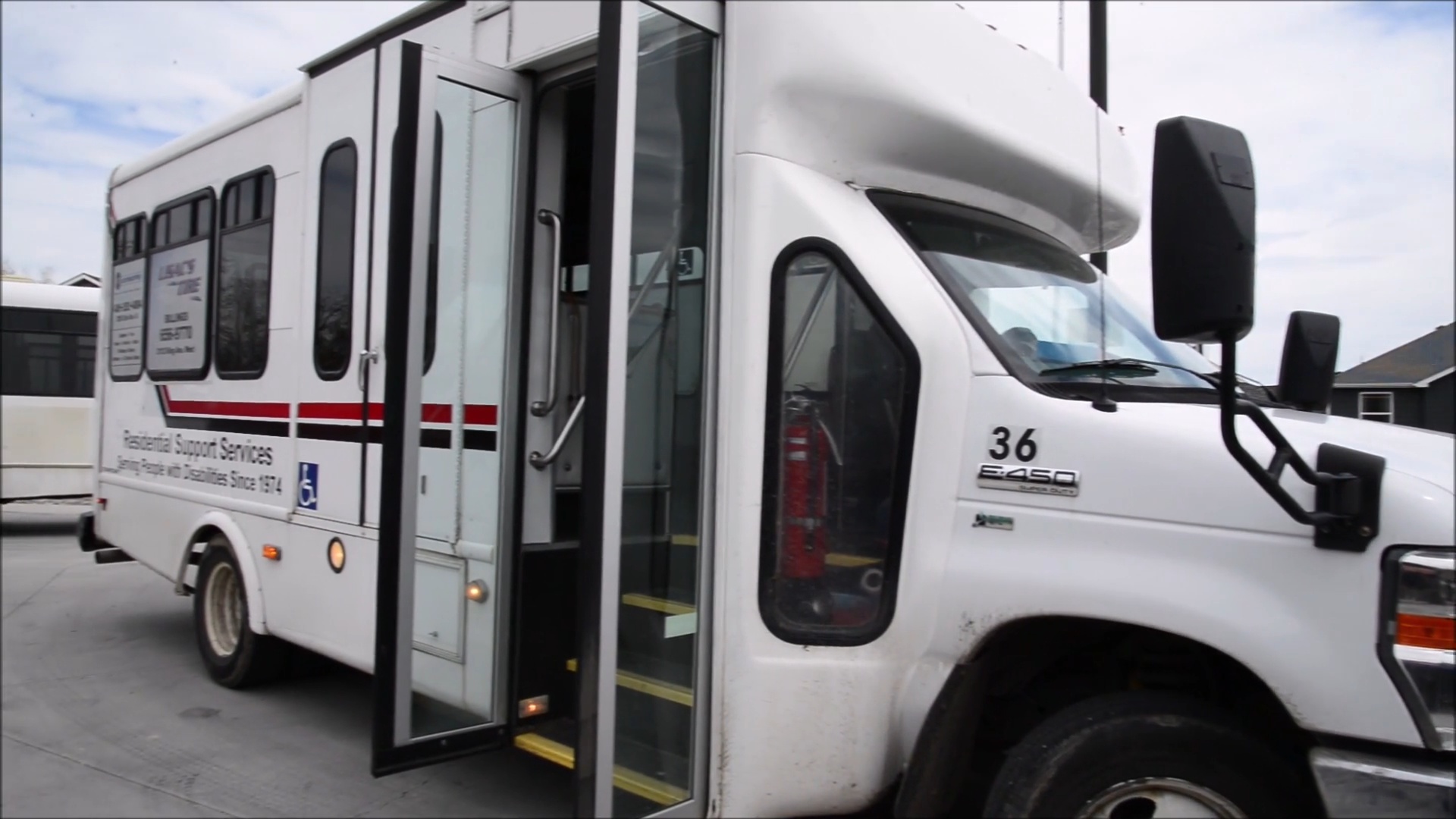Access to reliable, convenient, and accessible transportation is a crucial component of leading an independent and fulfilling life for individuals with developmental disabilities. Public transportation plays a central role in providing the mobility necessary for attending healthcare appointments, participating in social events, accessing educational opportunities, and engaging in everyday activities. Residential Support Services (rssmt.org), a private non-profit organization in Billings, MT, is committed to ensuring that its residents have access to a range of public transportation options that meet their unique needs and enhance their independence in the community.
With its public transportation service, Residential Support Services aims to offer residents the tools and solutions they need to navigate their local community with confidence and ease. By providing accessible transportation within a 20-mile radius of Billings, MT, the organization fosters a sense of freedom, autonomy, and active participation for individuals with developmental disabilities.
In this blog post, we will explore the importance of public transportation for individuals with developmental disabilities, discuss the challenges they face when accessing and utilizing public transit options, and highlight how Residential Support Services is addressing these challenges by offering tailored transportation solutions. Through this blog post, we hope to provide valuable insights into the ways in which mobility and accessibility can be enhanced for individuals with developmental disabilities, empowering them to live more independently and engage fully in their community life.
In this article, we will list the key benefits of accessible public transportation for individuals with developmental disabilities, from increased social interaction to improved access to essential services. We will also discuss the various strategies and initiatives undertaken by Residential Support Services to provide supportive and responsive transportation options to its residents. Finally, we will explore the positive outcomes and impacts that result from improved accessibility and mobility, reinforcing the critical role transportation plays in fostering independence and enhancing the quality of life for individuals with developmental disabilities.
Key Benefits of Accessible Public Transportation for Individuals with Developmental Disabilities
Accessible public transportation offers numerous advantages for individuals with developmental disabilities, enabling them to lead more active and fulfilling lives. Some of the key benefits include:
1. Increased Social Interaction: Public transportation allows individuals to connect with friends family, and participate in social activities, fostering a sense of belonging and reducing feelings of isolation.
2. Improved Access to Essential Services: Reliable transportation ensures individuals can readily access healthcare services, educational programs, employment opportunities, and other vital community resources.
3. Enhanced Independence and Autonomy: The ability to travel independently within the community empowers individuals with developmental disabilities to make their own choices and take control of their lives.
4. Promoting Overall Well-Being: Accessible public transportation supports physical, cognitive, and emotional health by enabling individuals to maintain their routines, engage in meaningful activities, and stay connected with their support networks.
By offering accessible public transportation solutions, Residential Support Services is helping to address the unique mobility needs of its residents, enabling them to enjoy these critical benefits and enhance their independence.
Strategies to Provide Supportive and Responsive Transportation Options
Residential Support Services employs a variety of strategies to ensure that its public transportation services are responsive to the needs of individuals with developmental disabilities. Some of these strategies include:
1. Accessible Vehicles and Infrastructure: Ensuring that transportation vehicles are equipped with ramps, wheelchair lifts, and other accessibility features is crucial for accommodating the diverse needs of individuals with developmental disabilities.
2. Sensitivity Training for Drivers and Staff: Providing comprehensive training for drivers and support staff ensures they are equipped to understand and respond to the unique challenges faced by individuals with disabilities and foster a welcoming environment on public transit.
3. Flexible Scheduling and Service Models: Designing transportation services with flexible scheduling options and a client-centered approach supports the diverse needs, preferences, and lifestyles of residents.
4. Collaboration With Local Transit Agencies: Forming partnerships with local transit agencies can help expand the availability of accessible transportation options within the community and ensure that residents’ needs are considered in the planning process.
By implementing these strategies, Residential Support Services is demonstrating its commitment to providing transportation solutions that are both accessible and responsive to the needs of its residents.
Overcoming Challenges in Accessing Public Transportation
Individuals with developmental disabilities often face unique challenges when it comes to accessing and utilizing public transportation. These may include physical barriers, such as inaccessible vehicles or transit stops, as well as communication and sensory challenges that can make navigating the public transit system difficult. To address these challenges, Residential Support Services focuses on the following initiatives:
1. Providing Onsite Support: Offering assistance from trained staff members during transportation trips can alleviate concerns and provide confidence for individuals with developmental disabilities navigating the public transit system.
2. Travel Training and Mobility Education: Equipping residents with the skills and knowledge necessary to use public transportation independently can help overcome logistical and cognitive barriers, fostering increased self-reliance.
3. Advocacy and Community Engagement: By actively engaging with local transit agencies and advocating for the needs of individuals with developmental disabilities, Residential Support Services contributes to developing a more inclusive and accessible transit system.
By concentrating on these initiatives, the organization is helping to break down barriers and create a supportive, accommodating transportation environment for its residents.
Positive Outcomes and Impacts of Improved Accessibility and Mobility
By addressing the challenges individuals with developmental disabilities face in accessing public transportation, Residential Support Services is fostering several positive outcomes for its residents:
1. Increased Community Participation and Integration: With improved access to transportation, residents can engage more actively in their local community, forming connections and contributing to a more inclusive society.
2. Greater Satisfaction and Well-Being: Accessible transportation options can lead to enhanced quality of life, improved well-being, and greater overall satisfaction for individuals with developmental disabilities.
3. Empowerment and Skill-Building: By providing the tools and opportunities for individuals to learn and practice using public transportation independently, Residential Support Services is empowering them to build essential life skills and enhance their personal autonomy.
Summing up Public Transportation Access
Accessible public transportation is a vital component in enhancing the independence and well-being of individuals with developmental disabilities. Residential Support Services recognizes the importance of providing tailored transportation solutions to meet the unique needs of its residents and is committed to continuously improving home care services in Billings, MT, to promote greater mobility, autonomy, and community integration for those it serves.
By addressing the challenges faced in accessing public transportation and implementing strategies to enhance accessibility, we can make a tangible impact on the lives of individuals with developmental disabilities. Through collaboration, advocacy, and continued innovation, we can work towards creating inclusive and supportive public transportation systems that not only empower residents but also contribute to a more equitable, diverse, and connected community.









